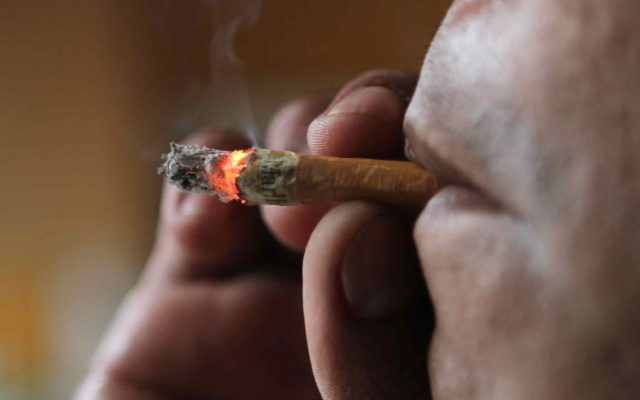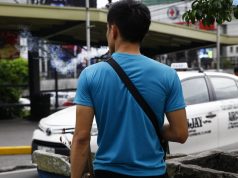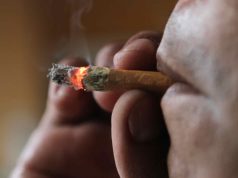
MANILA – As President Duterte’s Executive Ordeer 26, imposing strict smoking curbs nationwide, took effect at the weekend, local government units were urged to make sure local ordinances are in place so smoke-free initiatives are “effectively sustained from the national to the local level.”
This is important, said an anti-smoking advocate, because global studies have shown that the “equally deadly second-hand smoke (SHS) is highly prevalent in public places: 86 percent in bars and nightclubs; 38 percent in public transportation, 22 percent in restaurants, 13 percent in government buildings, 11 percent in schools and 4 percent in healthcare facilities.
Local officials that want to keep their constituents safe from smoking-related illnesses may opt to even go beyond the EO 26, according to Emer Rojas, president of the New Vois Association of the Philippines (NVAP).
“Using the EO 26 as the baseline, local officials that are keen on tobacco control policies may even impose stricter policies by using the Framework Convention on Tobacco Control (FCTC) as basis,” said the anti-smoking advocate.
Rojas said it is imperative for LGUs to promulgate their local ordinances now that EO 26 has already taken effect last Saturday.
“President Duterte has already done his part. It is now the responsibility of local government officials to toe the line by ensuring a smoke-free environment in their respective jurisdictions,” said Rojas.
EO 26 took effect nationwide with smoking in all enclosed public places and public conveyances, except in designated smoking areas, now totally prohibited.
The Department of Health (DOH) is also still drafting the Implementing Rules and Regulations (IRR) of the Executive Order, although it is not a requirement for the latter’s full implementation.
The NVAP, meanwhile, called on the general public to help in the effective implementation of the smoking ban.
Rojas said they are pinning their hopes on all Filipinos, especially non-smokers, to be at the forefront of efforts to keep the country smoke-free.
“If you are in the presence of smokers in prohibited areas, you can choose to report them to authorities and hold them accountable for their actions,” he said.
“By doing so, you can protect yourself and fellow non-smokers from the threat of the equally-deadly second-hand smoke (SHS),” added Rojas.
Based on the 2015 Global Adult Tobacco Survey (GATS) – Philippines, SHS exposure is highly prevalent in public places, particularly in bars and nightclubs at 86 percent.
Second hand smoke exposure was also found to be prevalent in public transportation at 38 percent; followed by restaurants at 22 percent.
Other public places also attended by second hand smoke are in government buildings at 13 percent; schools at 11 percent; and healthcare facilities at 4 percent.








